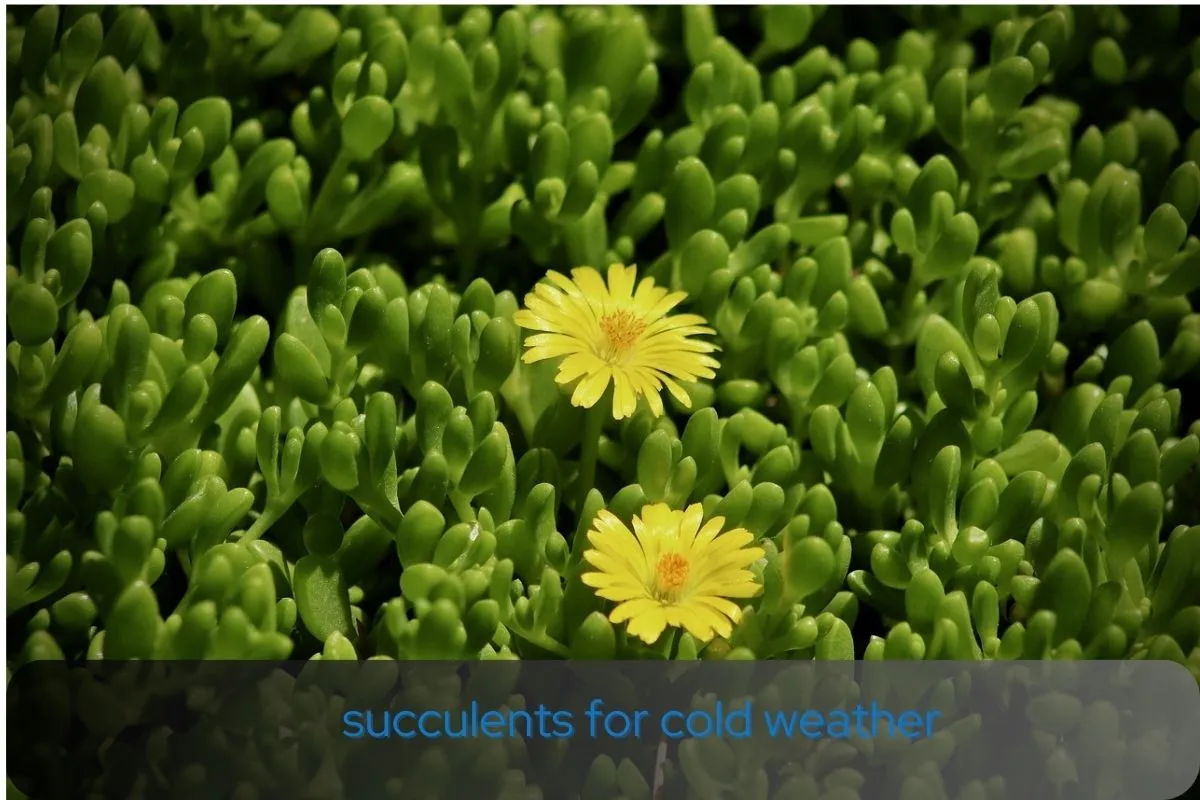Are you a fan of succulents and do you live in a chilly region? Well, fear not, my frosty friend! You might be pondering which succulents can brave the cold like the true champions they are! 😎
While succulents often get a standing ovation for their hot and arid talents, it’s time to give a warm round of applause to the cold-hardy warriors that fearlessly face icy temperatures and even giggle at the frost! ❄️😄
Without further ado, let’s uncover the top 10 succulents that flaunt their beauty and strength, even during winter’s chilling shenanigans. 🌵❄️
1. Introduction
Succulents are famous for their fleshy, thick stems and leaves, which permit they to retain water as well as thrive in dry conditions. But there are many different varieties of succulents that are made equally when it comes down to the cold climate. Certain varieties are more resilient of freezing temperatures and even thrive in frigid conditions. If you reside in an area that experiences frigid winters, the succulents that are cold-hardy can be an excellent option for your garden or indoor collection.
Factors to Consider for Cold-Hardy Succulents
Succulents are known for their ability to thrive in arid conditions, but did you know that some varieties are also cold-hardy? Cold-hardy succulents are those that can withstand colder temperatures, making them suitable for gardens and landscapes in regions with chilly climates If you’re looking in cultivating cold-hardy succulents there are many factors you need to consider in order to make sure they succeed. In this article, we will explore these important considerations and provide you with valuable insights on how to cultivate thriving cold-hardy succulents.
Understanding Cold-Hardy Succulents
Cold-hardy succulents are adapted to survive in lower temperatures compared to their tender counterparts. These plants have special mechanisms that allow them to withstand freezing conditions. Understanding their unique characteristics will help you make informed decisions when selecting and caring for cold-hardy succulents.
Choosing the Right Cold-Hardy Succulents
When choosing cold-hardy succulents for your garden, it’s important to consider the specific climate and hardiness zone of your region. Some popular varieties of cold-hardy succulents include Sempervivum, Sedum, and Opuntia. Researching and selecting appropriate species will ensure the success of your succulent garden.
Temperature and Hardiness Zones
Cold-hardy succulents have varying temperature requirements depending on their species. It’s crucial to understand the specific temperature ranges that different varieties can tolerate. Consult the USDA Plant Hardiness Zone map to determine the suitability of certain succulents for your area.
Soil Requirements for Cold-Hardy Succulents
Well-draining soil is essential for the health and growth of cold-hardy succulents. These plants prefer soil with good drainage to prevent root rot. A mixture of sandy soil, perlite, and organic matter is recommended to provide the ideal growing conditions for your succulents.
Watering and Drainage
Proper watering is key to maintaining healthy cold-hardy succulents. While they are drought-tolerant, they still require periodic watering. However, it’s crucial to avoid overwatering, as this can lead to root rot. Water your succulents deeply but infrequently, allowing the soil to dry out between waterings.
Sunlight and Exposure
Cold-hardy succulents generally thrive in full sun to partial shade. Adequate sunlight is crucial for their growth and vibrant coloration. Ensure that your succulents receive at least six hours of direct sunlight per day. However, in extremely hot climates, some shade during the hottest part of the day may be necessary.
Protection from Frost
While cold-hardy succulents can tolerate colder temperatures, they may still need protection from severe frost. Covering them with frost cloth or moving potted succulents indoors during extreme cold spells can help prevent damage and ensure their survival.
Overwintering Techniques
In regions with harsh winters, overwintering techniques can help cold-hardy succulents survive and thrive. These techniques include providing additional insulation, reducing watering frequency, and protecting the plants from excessive moisture during dormant periods.
Pests and Diseases
Cold-hardy succulents are generally less susceptible to pests and diseases compared to other plants. However, it’s still important to monitor your succulents for common issues such as mealybugs, aphids, and fungal infections. Regular inspection and prompt action can help keep your plants healthy.
Propagation Methods for Cold-Hardy Succulents
Propagating cold-hardy succulents can be an enjoyable way to expand your collection. Common propagation methods include leaf cuttings, stem cuttings, and division. By following proper techniques, you can create new plants and share the beauty of cold-hardy succulents with others.
Container Gardening with Cold-Hardy Succulents
Cold-hardy succulents are well-suited for container gardening, allowing you to create stunning displays even in limited spaces. When choosing containers, opt for those with drainage holes to prevent waterlogging. Container-grown succulents offer flexibility and can be moved indoors during extreme weather conditions.
Landscaping Ideas with Cold-Hardy Succulents
Cold-hardy succulents can add unique textures and colors to your landscape. Consider incorporating them into rock gardens, borders, or xeriscapes. Their ability to thrive in challenging conditions makes them a valuable addition to any outdoor space.
Maintenance and Care
To ensure the long-term health of your cold-hardy succulents, regular maintenance is necessary. This includes removing dead leaves, controlling weeds, and monitoring for signs of pests or diseases. With proper care, your succulents will continue to thrive and bring beauty to your garden.
Also read our most popular posts:
1. Best 15 Large Succulent Plants: Adding Greenery and Elegance to Your Space in 2023.
2. Top 15 Mini Succulents succulents: A Perfect Addition to Your Indoor Garden
10 Best Succulents for Cold Weather
1 Hens and Chicks (Sempervivum)

Hens and Chicks, also known as Sempervivum, are one of the most popular cold-hardy succulents. They come in various colors and textures, forming beautiful rosette-shaped clusters. These succulents are exceptionally resilient and can withstand freezing temperatures.
2 Stonecrop (Sedum)
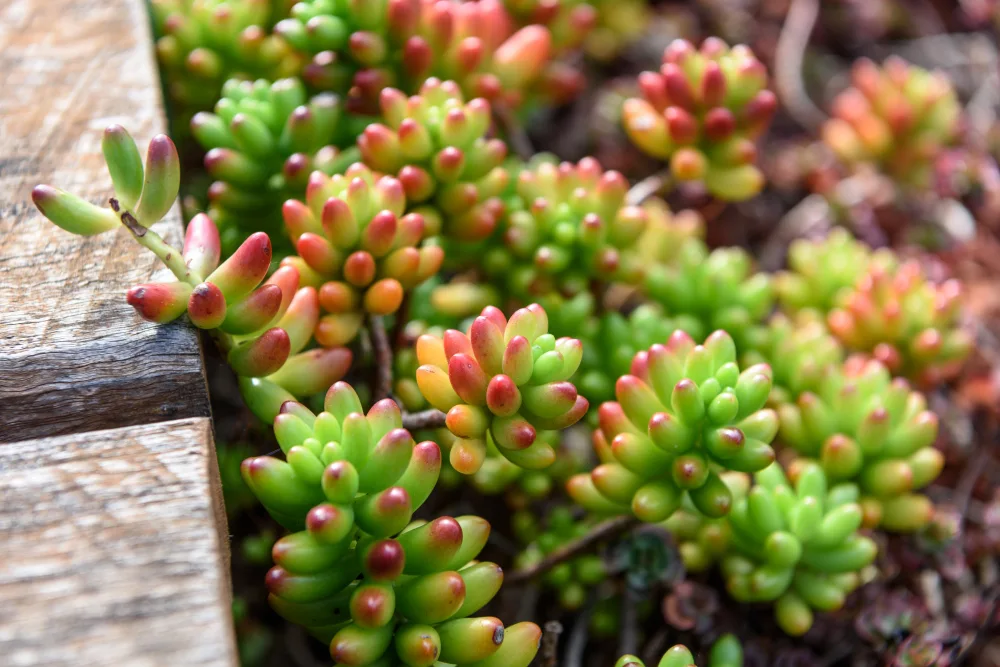
Stonecrop, belonging to the Sedum genus, is another excellent choice for cold climates. They are available in a wide range of shapes and sizes, from low-growing groundcovers to taller varieties. Stonecrop succulents have fleshy leaves that store water, making them well-adapted to cold and dry conditions.
3 Ice Plant (Delosperma)

Ice Plant is a stunning succulent that thrives in cold weather. Its vibrant flowers bloom in various colors, creating a striking display. These succulents are drought-tolerant and can survive freezing temperatures.
4 Houseleek (Sempervivum tectorum)
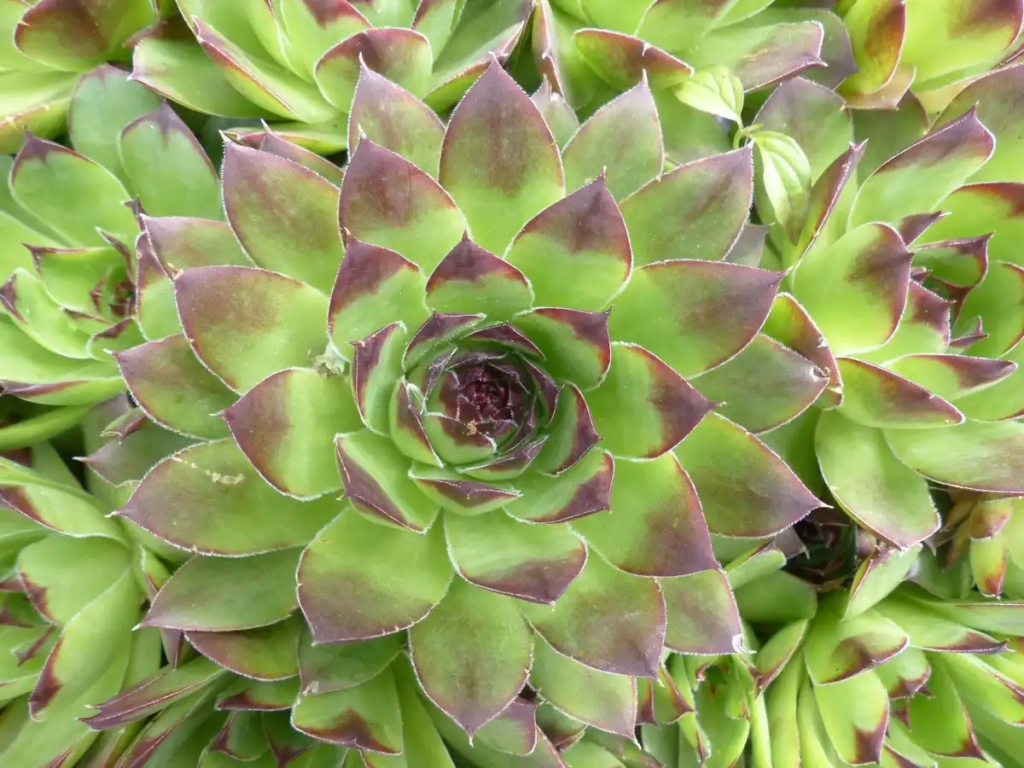
Houseleek, scientifically known as Sempervivum tectorum, is a traditional cold-hardy succulent. It forms attractive rosettes and can tolerate frost and snow. Houseleek is a low-maintenance plant that adds a unique touch to any garden.
5 Yucca (Yucca)
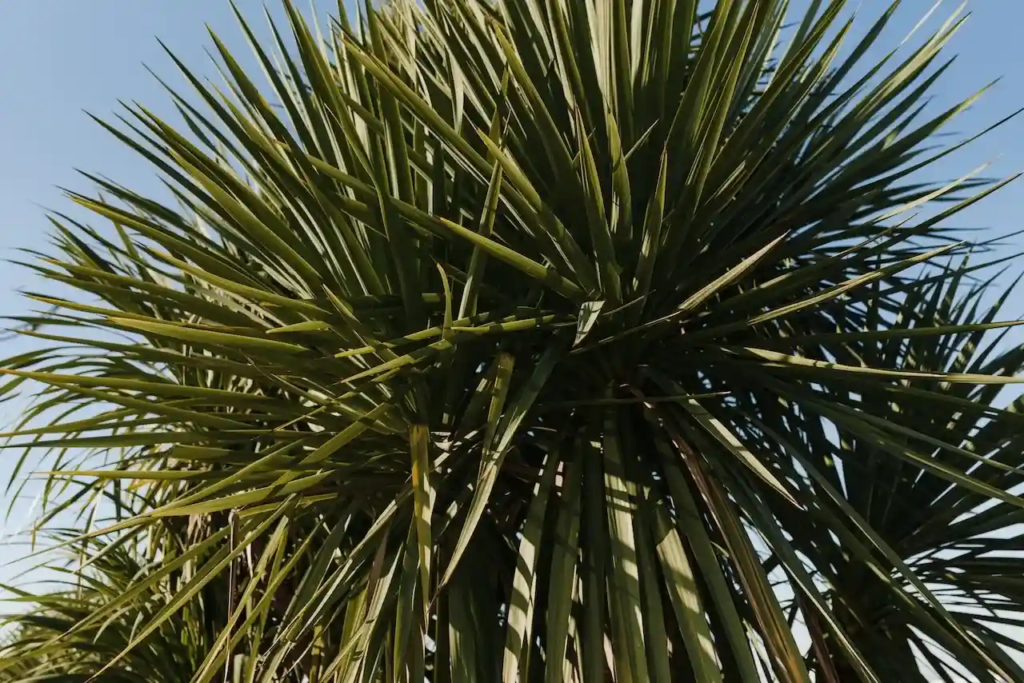
Yucca plants are known for their architectural beauty and resilience. These cold-hardy succulents have spiky leaves and can survive freezing temperatures. Yuccas are suitable for both indoor and outdoor cultivation.
6 Frosty Agave (Agave parryi)
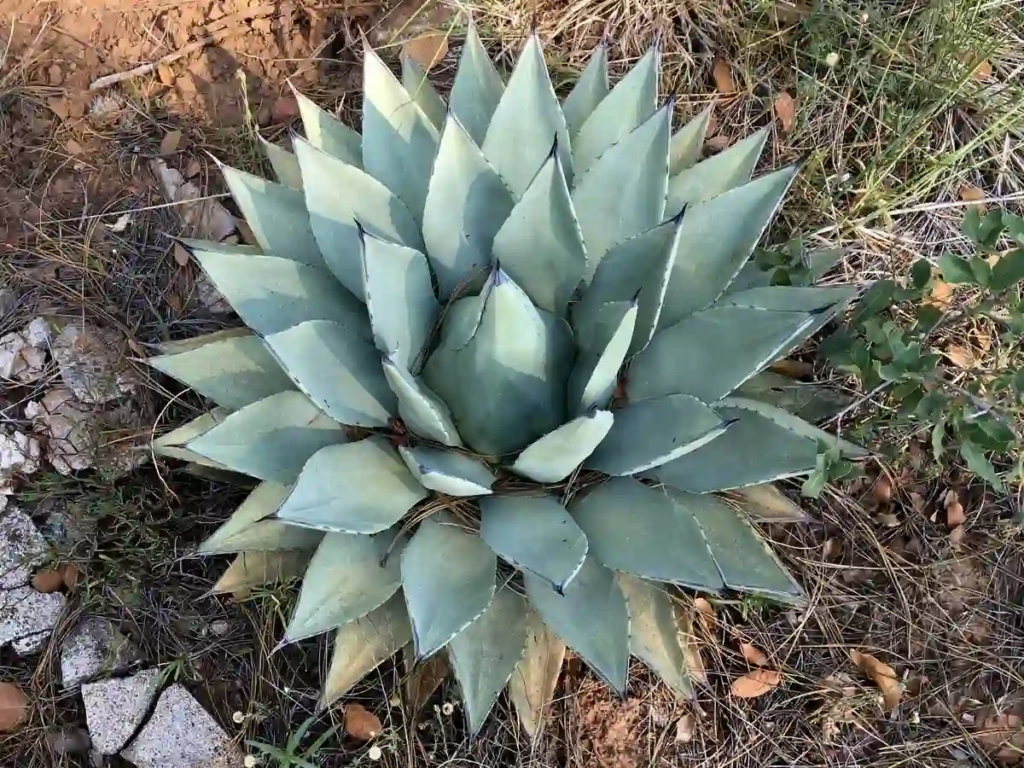
The Frosty Agave is a stunning succulent that thrives in cold weather. With its bluish-gray leaves and sharp tips, it adds a touch of elegance to any garden. This succulent is known for its ability to withstand freezing temperatures and can even survive in snowy regions. Plant it in well-draining soil and provide it with ample sunlight for optimal growth.
7 Echeveria (Echeveria)
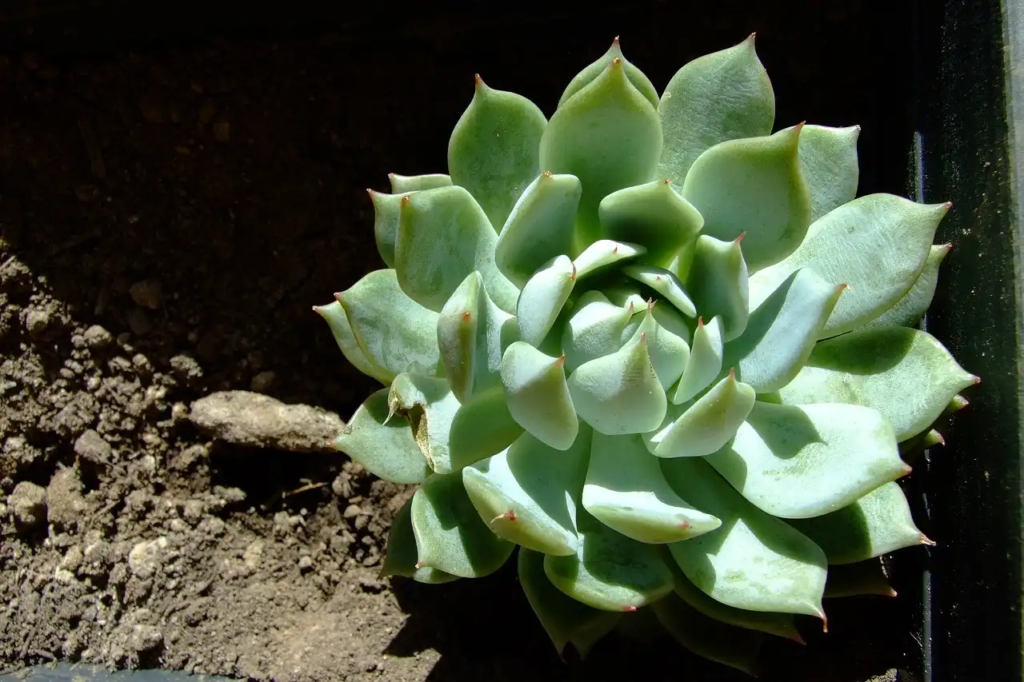
Echeveria is a popular genus of succulents known for their stunning rosette-shaped foliage. While most Echeveria species prefer warmer climates, some varieties, such as Echeveria elegans, can tolerate cold conditions. These succulents are ideal for adding texture and beauty to your garden.
8 Aloe Vera (Aloe barbadensis)

Aloe Vera is a versatile succulent that offers both ornamental and medicinal benefits. While it thrives in warm climates, certain varieties, such as Aloe barbadensis, can tolerate cold weather. Aloe Vera plants are known for their healing properties and make great additions to any garden.
9 Paddle Plant (Kalanchoe thyrsiflora)

Paddle Plant, also called Flapjack Plant or Desert Cabbage, is a striking succulent with paddle-shaped leaves. It is well-suited to colder regions and can handle freezing temperatures. Paddle Plants make excellent container plants or focal points in rock gardens.
10 Christmas Cactus (Schlumbergera)

Christmas Cactus is a popular holiday plant that blooms during the winter months. It is native to the tropical rainforests of Brazil, but it can adapt well to indoor environments in colder regions. Christmas Cacti add a splash of color to your home during the festive season.
Conclusion
With the right selection of cold-hardy succulents, you can create a beautiful and resilient garden even in areas with chilly weather. The ten succulents mentioned above are excellent choices for adding a touch of greenery and uniqueness to your outdoor or indoor spaces. Remember to consider the hardiness zones, watering requirements, and protection from frost when cultivating succulents in cold weather. Embrace the versatility of these resilient plants and enjoy their beauty year-round.
FAQs
- Can I grow succulents outdoors in cold climates? Yes, you can grow cold-hardy succulents outdoors in cold climates. Just make sure to choose the appropriate varieties that can tolerate low temperatures.
- Do cold-hardy succulents require special care during winter? Cold-hardy succulentsdo not require extensive care during winter. However, it’s advisable to reduce watering and provide protection from frost when temperatures drop significantly.
- Can I grow cold-hardy succulents indoors? Absolutely! Many cold-hardy succulents can be grown indoors as long as they receive sufficient light and proper care.
- How often should I water cold-hardy succulents in winter? During winter, succulents go dormant and require less frequent watering. Allow the soil to dry out completely between waterings to prevent overwatering.
- Can I propagate cold-hardy succulents? Yes, most cold-hardy succulents can be easily propagated through leaf or stem cuttings. Follow proper propagation techniques to increase your succulent collection.

